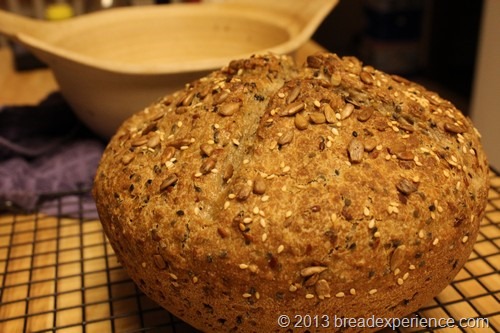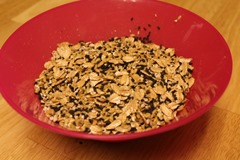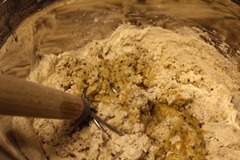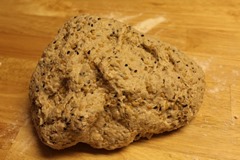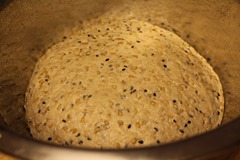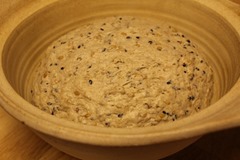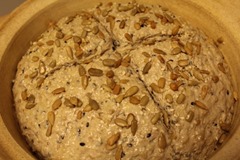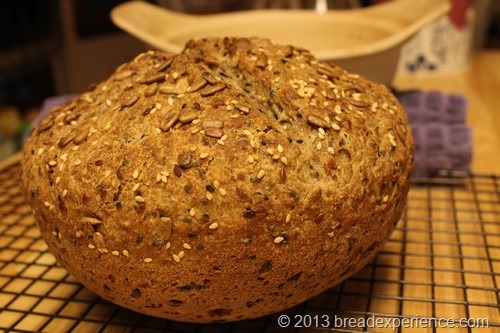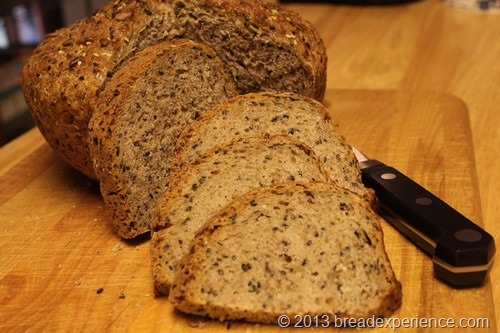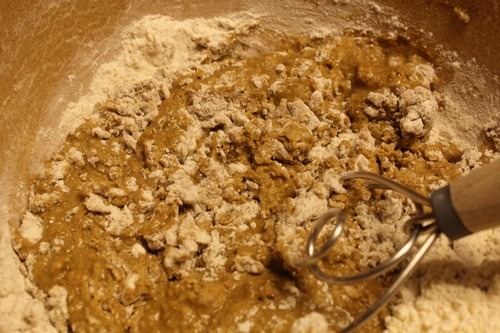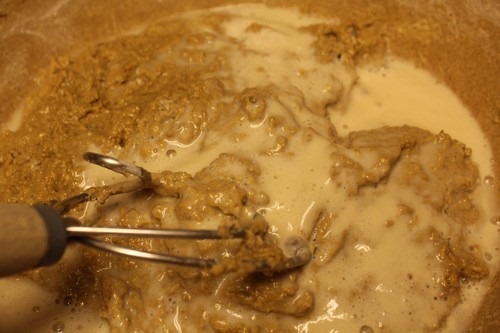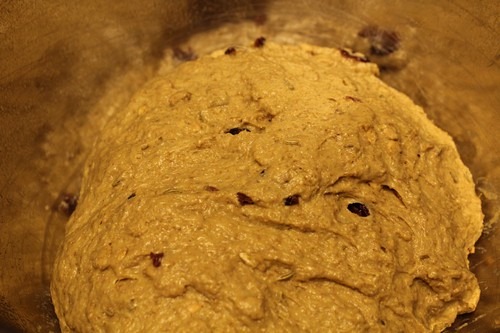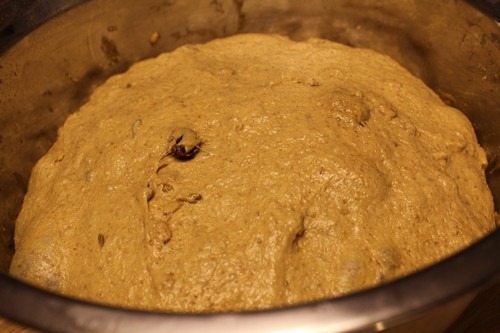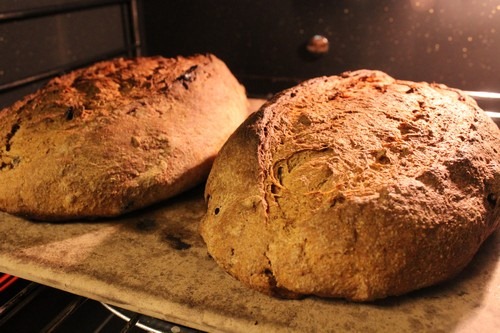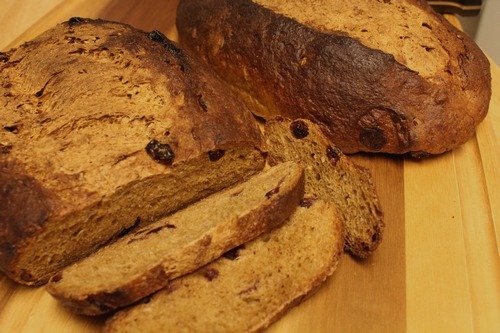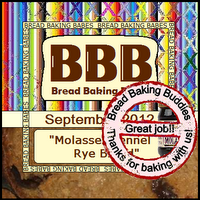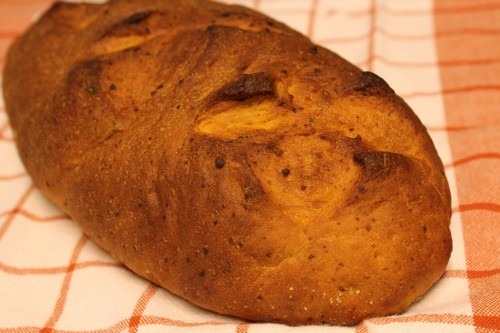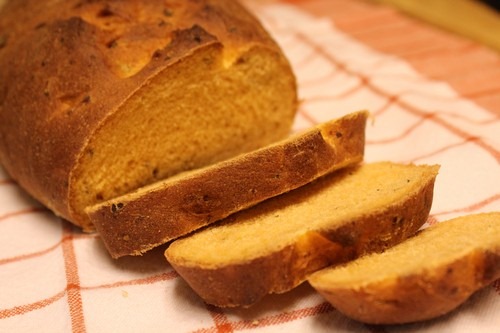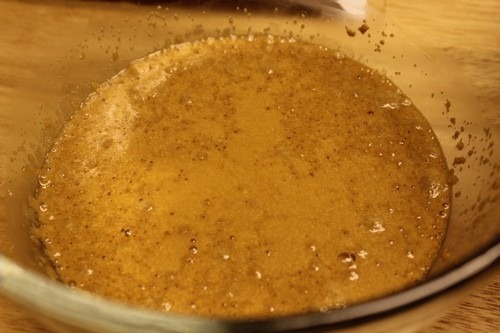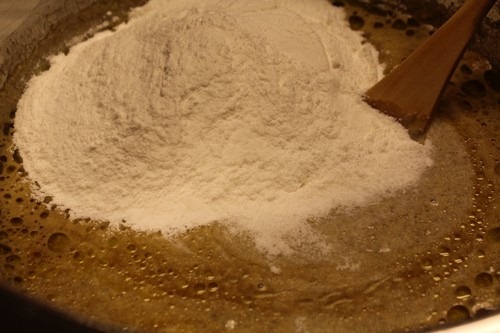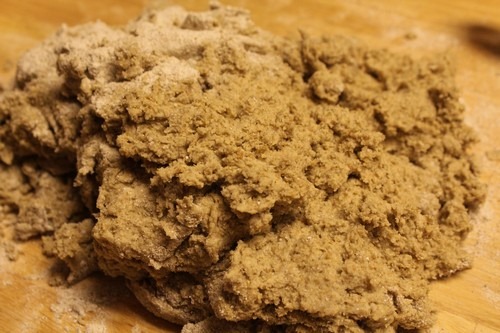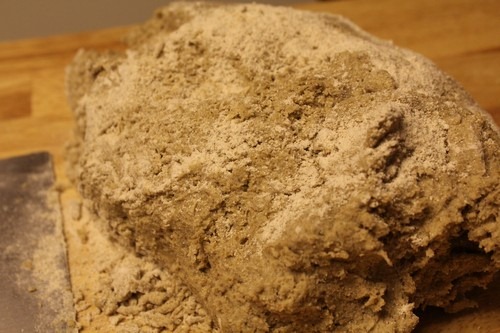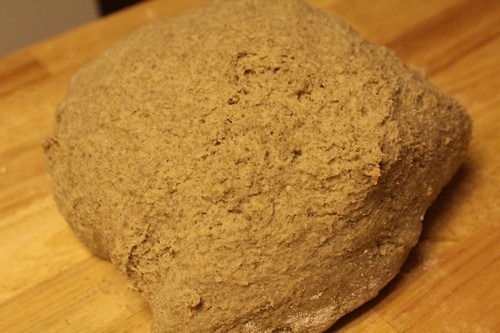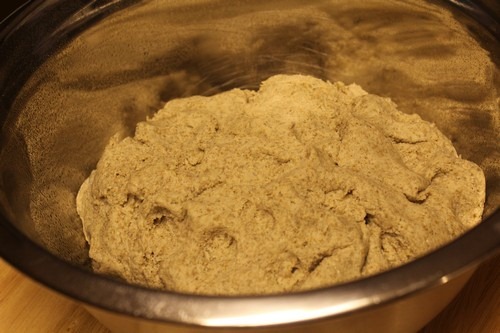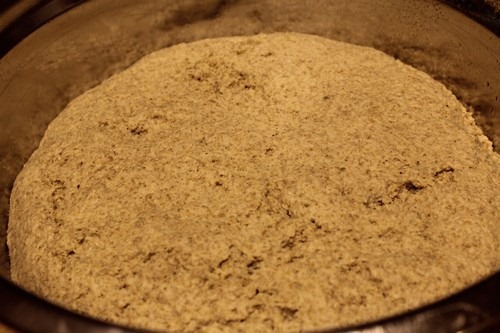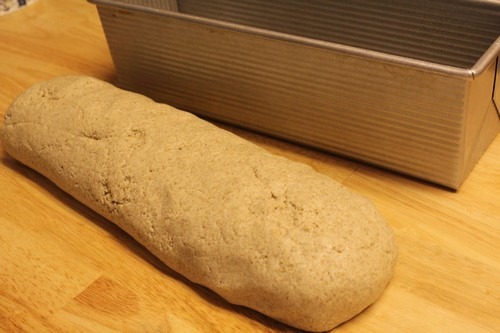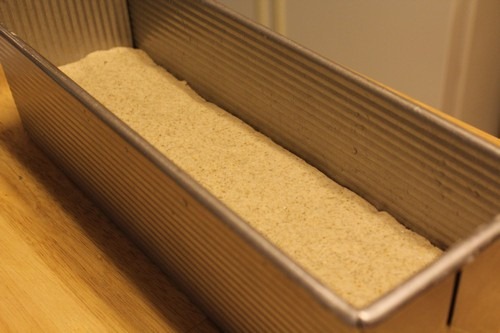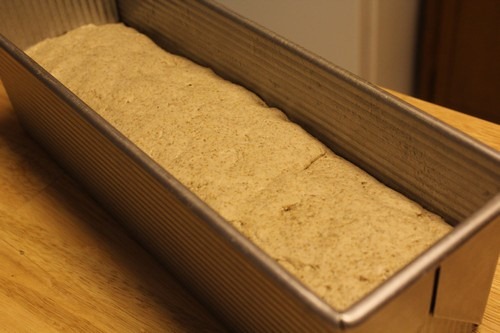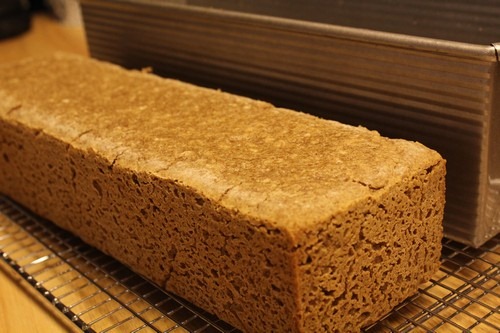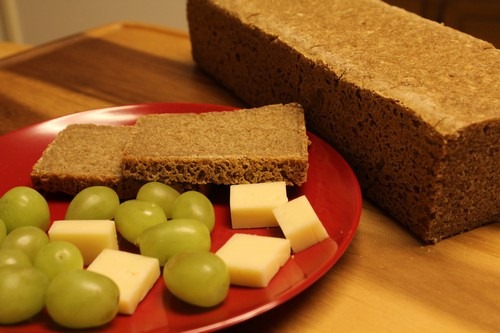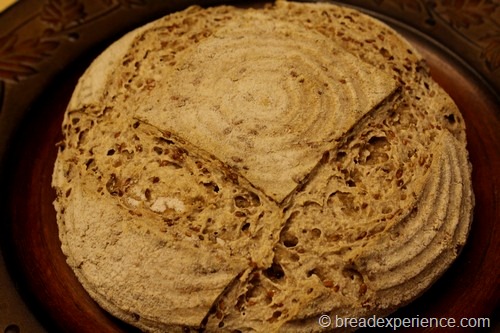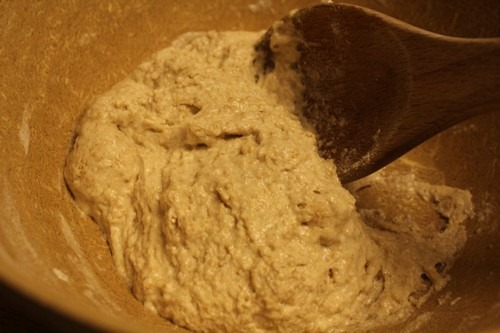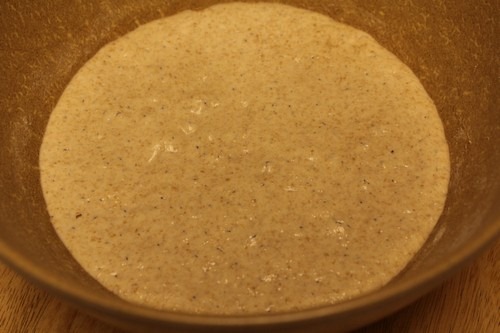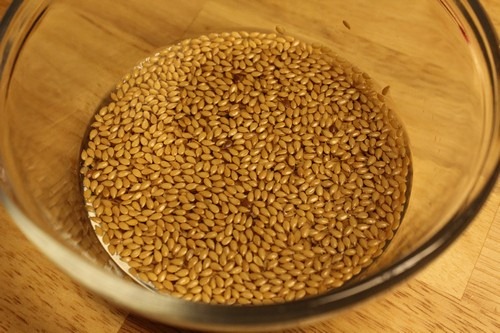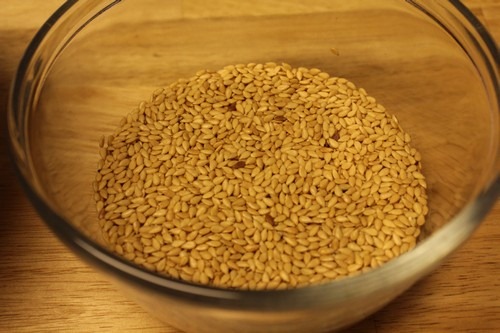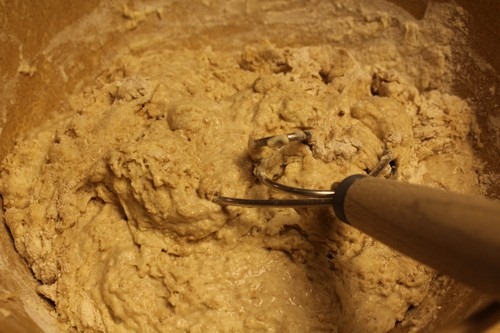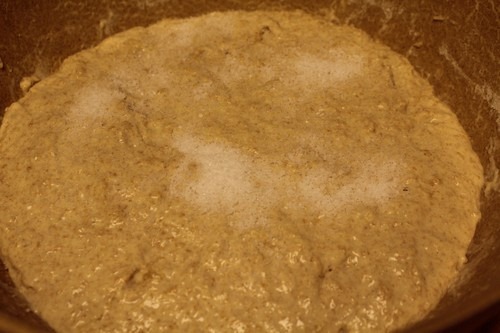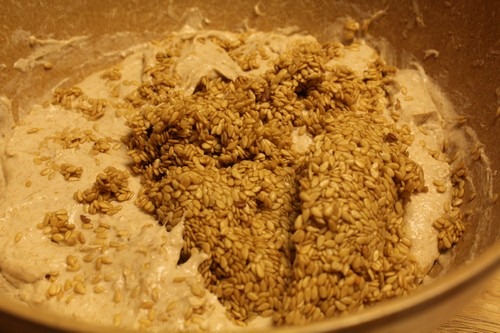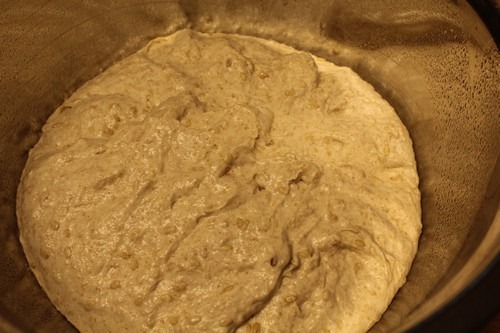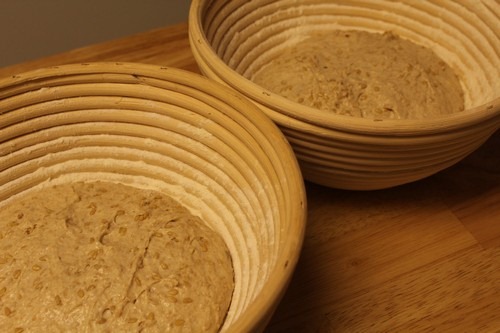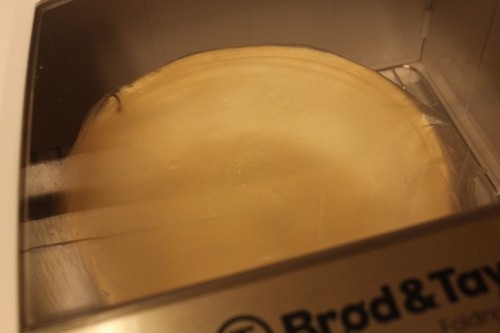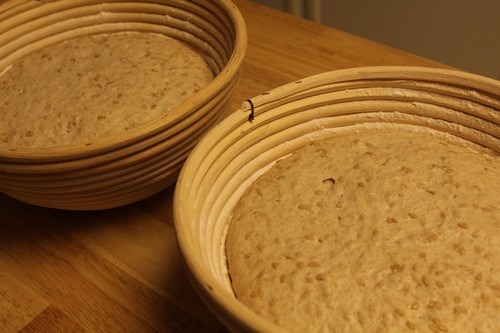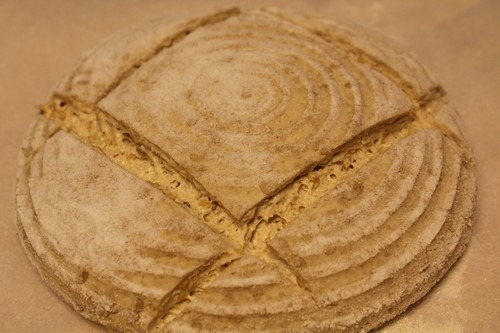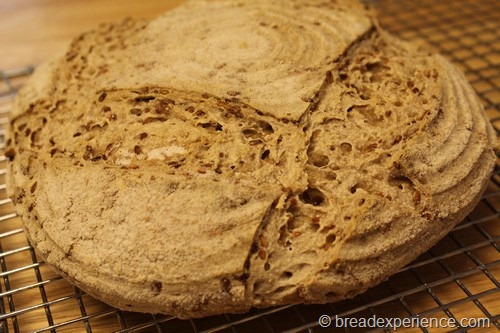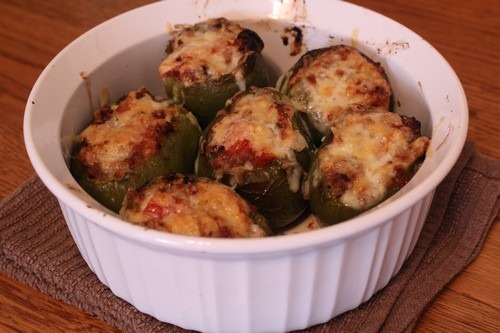The September BOM (Bread of the Month) is a Multi-grain Boule. Karen of Karen’s Kitchen Stories chose this bread for the Artisan Bread Bakers’ monthly bake.
This multi-grain loaf is baked in a bread baker, clay pot, Dutch oven or other round, casserole-type dish with a lid. It is a versatile loaf that includes a mixture of several grains and seeds and can be made with a sourdough starter or poolish. It is an easy loaf, you just need to allow time to feed your starter or make the overnight poolish the night before making this bread.
To experiment with the versatility of this bread, I decided to make it completely with Spelt. I used a combination of White Spelt and home-milled whole grain Spelt flour and a Spelt sourdough starter. For the mixture of grains, I used black sesame seeds, spelt flakes, steel cut oats, and flax seeds. Since my sourdough is an active sourdough and I fed it right before making this bread, I didn’t use any extra dry yeast.
Multi-grain Sourdough Spelt in a Pot
Adapted from Karen’s recipe which was adapted from King Arthur Flour’s recipe
Makes: 1 Large Loaf
Ingredients:
Multigrain Soaker:
- 1 cup boiling water
- 5 ounces of a blend of whole grains and seeds
I used the following combination of seeds and grains:
- 4 tablespoons Spelt flakes
- 3 tablespoons steel cut oats
- 3 1/2 tablespoons whole flax seeds
- 3 tablespoons black sesame seeds
Final Dough:
- 16 ounces sourdough starter (100% hydration)
- 7 ounces whole grain Spelt flour
- 7 1/2 ounces white Spelt flour
- 2 1/2 teaspoons salt
- 2 tablespoons olive oil
- 2 tablespoons water
- Seeds for topping the bread, if desired
Directions:
1) Feed the Starter
The night before making this bread, discard about half of this Whole Grain Spelt Levain, then feed it with 250g White Spelt flour and 250g water and let it sit overnight or until it is active and bubby. Use 16 oz of the starter in this recipe. Put the remaining starter in the refrigerator or feed it again to increase, then place it in the refrigerator.
2) Soak the Grains
Place the 5 ounces of grains and seeds in a mixing bowl and cover them with the boiling water. Let it sit until the grains are softened and the mixture cools.
3) Mixing the Dough
Add the softened grains and the rest of the ingredients (including the sourdough) in a large mixing bowl and mix using a wooden spoon or Danish dough whisk until the dough forms a ball. You can use a stand mixer for this but it isn’t necessary.
4) Kneading the Dough
Place the dough on a lightly floured surface and knead it gently. Spelt should be handled carefully so don’t knead it too much. The dough will be smooth, not sticky.
5) Bulk Fermentation:
Wash and dry the mixing bowl, then spray it with spray oil and place the dough ball in bowl and turn it to coat it with oil. Cover the bowl with plastic and let the dough proof for 45 to 90 minutes or until doubled in size.
6) Shaping and Proofing the Loaf
Remove the dough from the bowl and fold it a few times. Shape it into a tight ball and place it in bread pot for the final rise. I used this handmade bread pot. It was the perfect size. Lightly spray the top with spray oil and let it rise until puffy, about 60 to 90 minutes.
Preheat the oven to 450 degrees F for at least 30 minutes.
7) Scoring the Loaf
Once the loaf has risen sufficiently, spray it again with spray oil and sprinkle it with a mixture of seeds. I used sunflower seeds and natural sesame seeds. Score an X or a pound sign in the top of the loaf using a sharp knife or lame.
8) Baking the Loaf
Place the bread pot or Dutch oven in the preheated oven with the lid on and bake the loaf for 40 minutes. Remove the lid and bake an additional 10 to 15 minutes with the lid off until the loaf reaches 190 degrees and is golden brown in color.
9) Cooling the Loaf
Remove the loaf to a wire rack to cool completely before slicing and serving.
This bread has been YeastSpotted. Please visit Wild Yeast to view the weekly roundups of lovely breads from bread bakers around the globe.
10) Slice and Enjoy!
This bread makes great toast! It’s also a good sandwich bread, especially with peanut butter and jelly or as a grilled cheese sandwich.
Happy Baking!
Cathy
